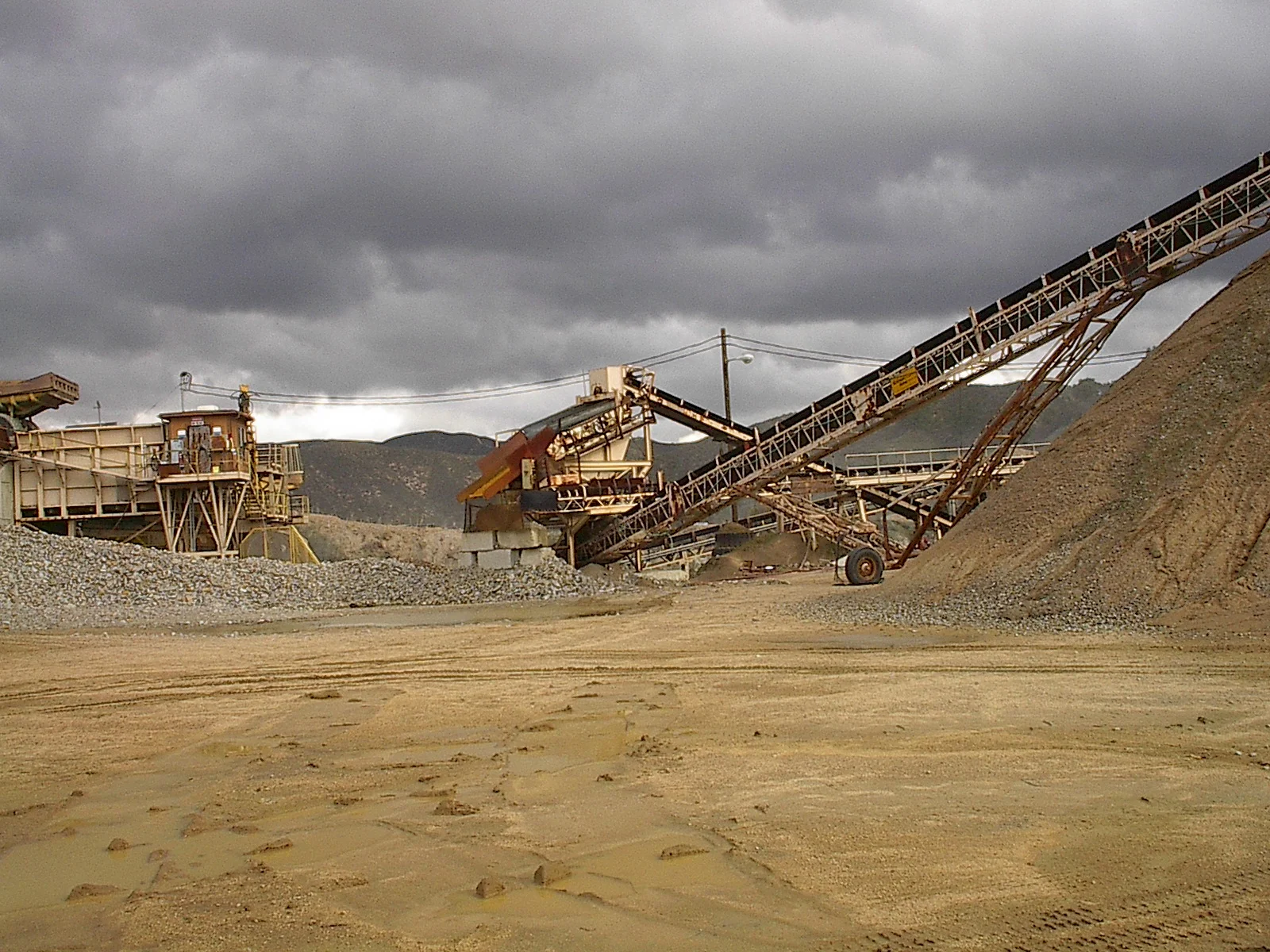Written by Alyssa Burley.
The construction aggregates industry is facing a shortage in its workforce. According to the Bureau of Labor Statistics (BLS), the median age for someone working in the mining, quarrying, and oil and gas extraction industries was 41.5 in 2014. Younger generations are not entering the industry like they used to. As a result, the issue is becoming a common topic of concern throughout the industry.

